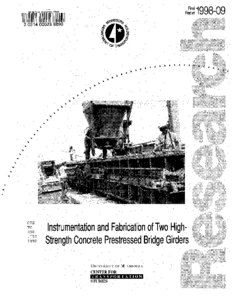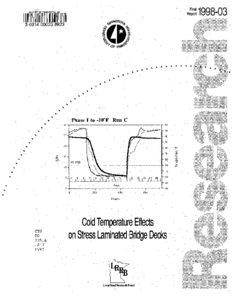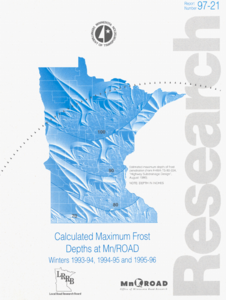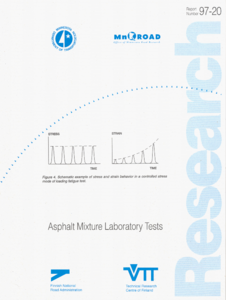Salt Solutions - Statewide Salt and Sand Reduction Initiative
Date Created
1998-09
Report Number
1998-20
Description
Shear Capacity of High-Strength Concrete Pre-stressed Girders
Date Created
1998-05
Report Number
1998-12
Description
Mechanical Properties of High-Strength Concrete
Date Created
1998-01
Report Number
1998-11
Description
Instrumentation and Fabrication of Two High-Strength Concrete Prestressed Bridge Girders
Date Created
1998-01
Report Number
1998-09
Description
Cold Temperature Effects on Stress Laminated Bridge Decks
Creator
Date Created
1997-12
Report Number
1998-03
Description
Asphalt Mixture Laboratory Tests
Date Created
1997-02
Report Number
97-20
Description
Reassessment of Diametral Compression Test on Asphalt Concrete
Date Created
1996-12
Report Number
97-01
Description










